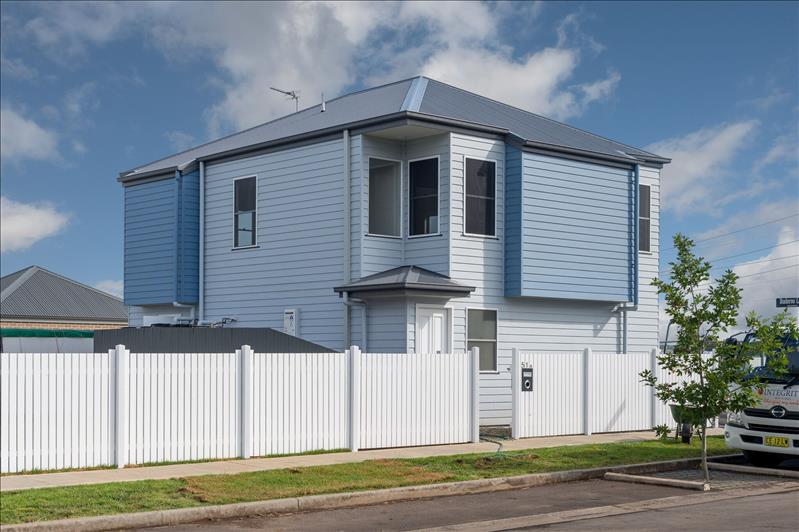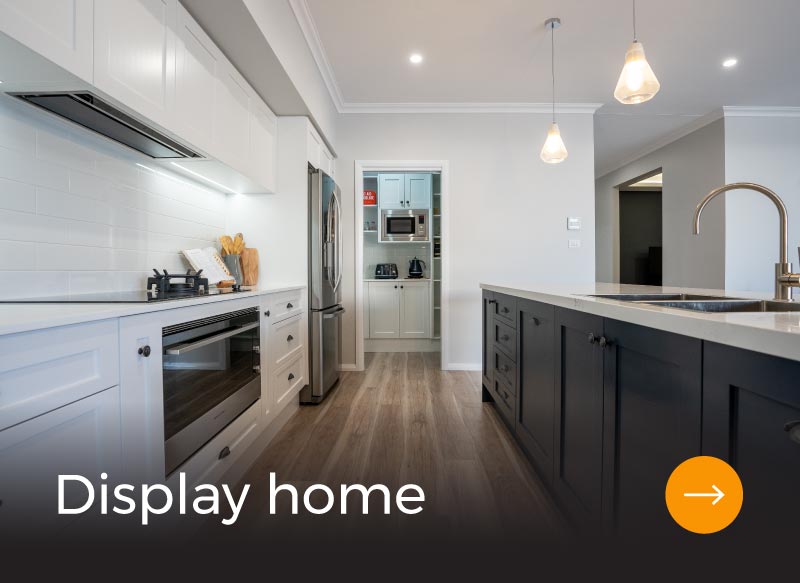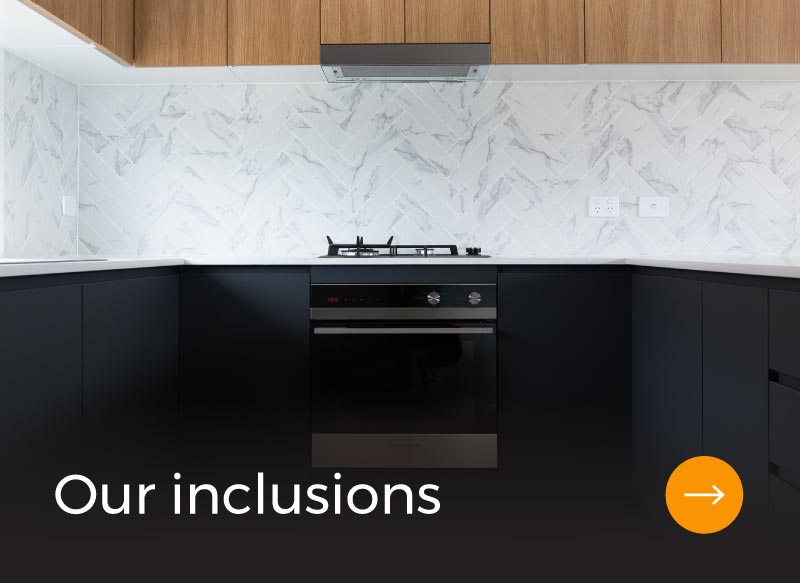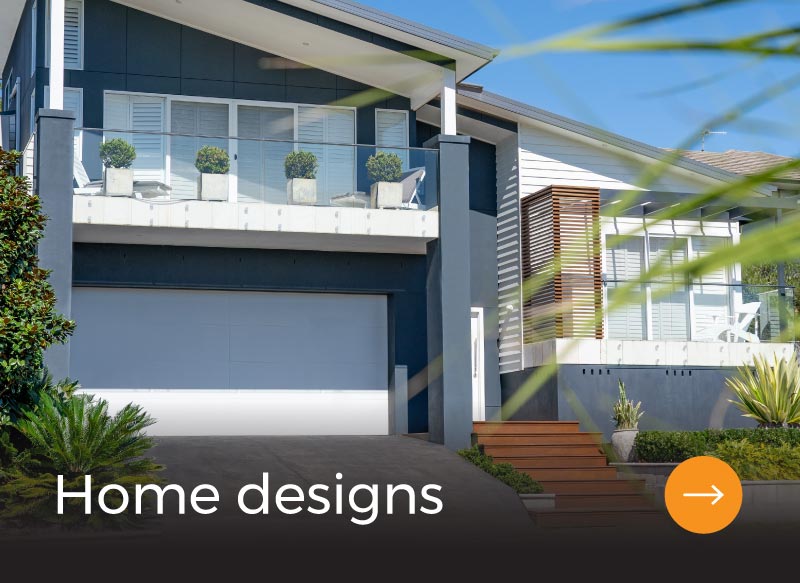Brick veneer continues to be a popular choice when it comes to cladding. A proven performer, it has a quality about it that makes a home-owner feel secure and safe. It is also durable, maintenance free and fire resistant.
However, this is all set to change. Issues with brick are slowly coming to the fore; clays for production are becoming increasingly difficult to source, resulting in variations in brick quality and colour. Salts are also causing havoc by creating issues with efflorescence, which results in large variations in the brick quality and colour.
This, along with major advances in construction technology, has given home-owners a wide selection of options available for external cladding. Here are just some of them:
- Fibre cement: They provide a level of fire resistance and come in a large range of profiles and styles. They are free from rot and white ant attack and can be easily covered by paint or other coatings.
- Hebel and foam panel: They are quick to install and do not require another trade as carpenters can erect them. They supply superior insulation benefits and are very sturdy when the final render has been applied. They are also easy and cost effective to repair if damage does occur.
- Timber: The traditional look is still a possibility. White ants and rot are no longer a problem, thanks to advancements in pest control and coatings.
- Timber composite: This is a great alternative for the timber look without the issues of maintenance, white ant attack or rot. The cost can be higher, but we expect this to drop as production increases.
- Pre-painted metal: This can be installed very quickly, especially when pre-finished, eliminating the need for an extra trade.
- Aluminium and vinyl are still available, but aren’t as popular as they once were. They can have benefits in certain situations and are usually pre-finished and very cost effective.
So how to do you choose what to use? Along with the material itself, it’s important to consider the texture, style and size of the cladding, thinking about how it will affect your preferred look. It’s also not a case of ‘one size fits all’ – it’s becoming common to see a blend of different cladding options to provide many points of interest. This has the advantage of breaking up the bulk of the house, especially from the street.
Although brick is still practical, it is no longer the only option when it comes to cladding.
To find out more, get in touch with the Integrity team.




